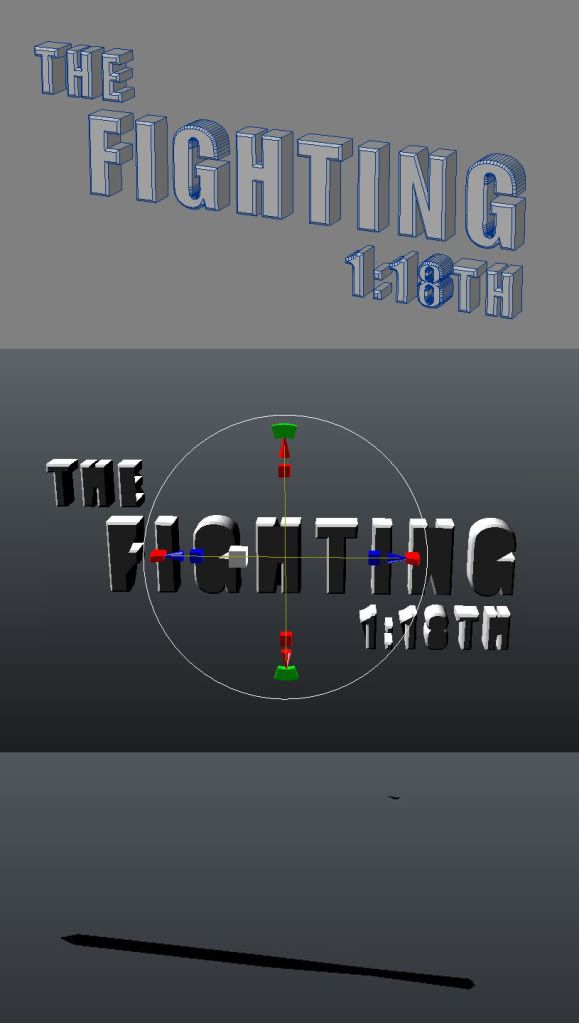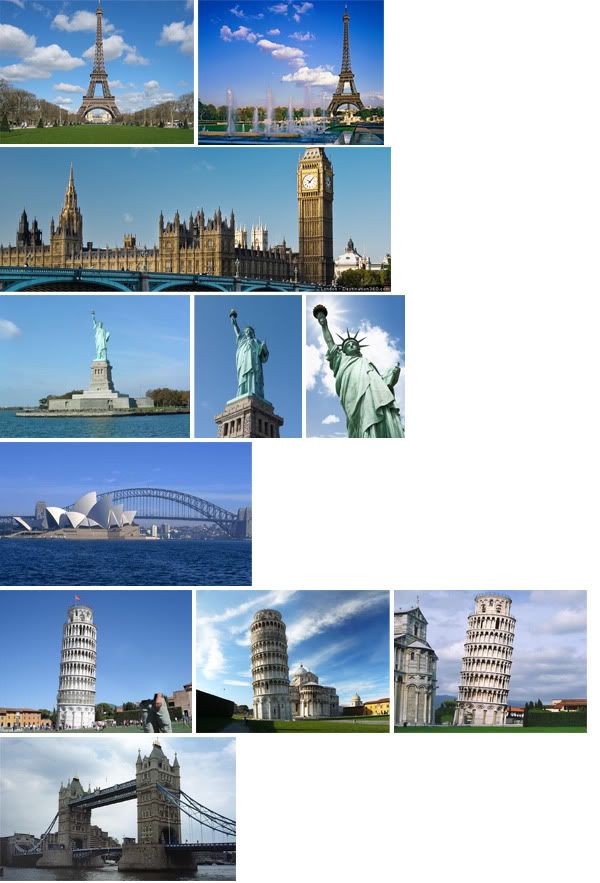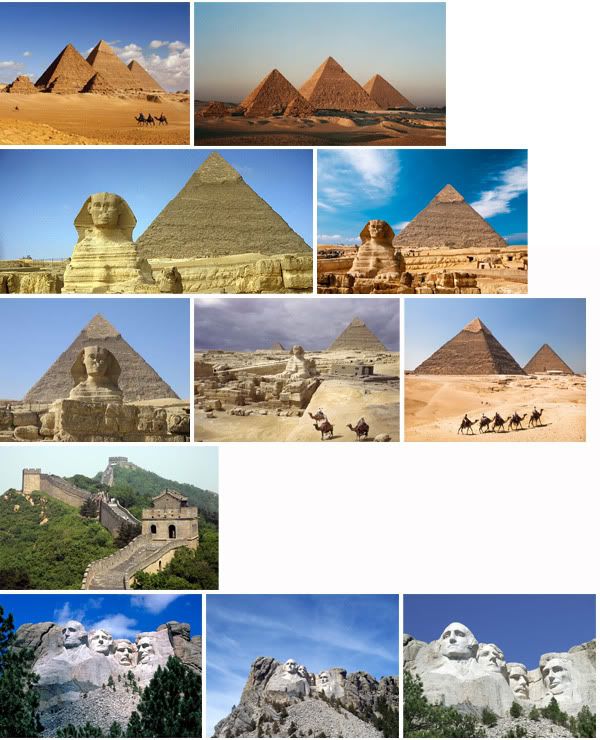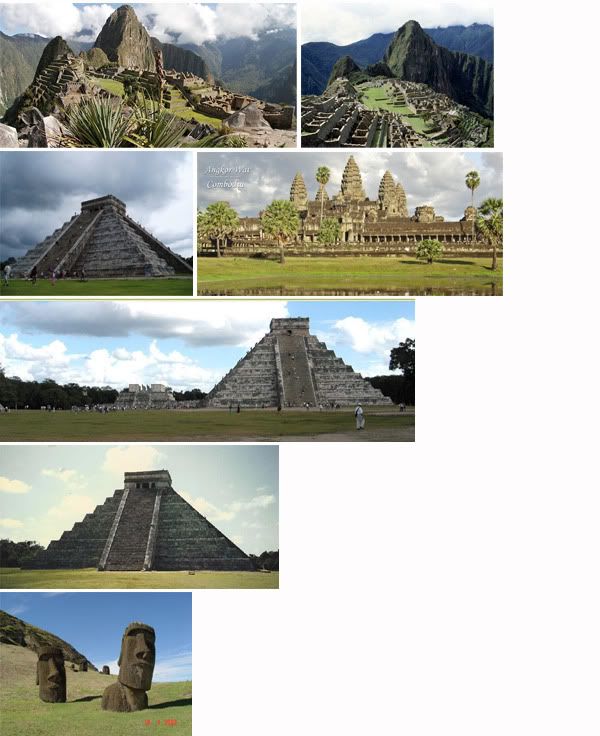-
Posts
20 -
Joined
-
Last visited
Content Type
Forums
Calendar
Gallery
Posts posted by Beeavision
-
-
I've got another question. What does it mean when you see 2x or 4x appear by the name in the layers panel? I see that the 2x appears in the video on all layers but I'm getting 4x instead on just one of the three layers I'm using. Does this have anything to do with size or volume?
-
LOL, actually though the blob I'm talking about is in the last image I posted above. Its flat with no shape to it all and the default lighting seems to have no effect on it at all even when rotating the light source around it. Its like a black hole or a series of degenerate poly(s) or something. You maybe right about the size being too small to generate adequate voxels. In Lightwave though the text is about 26' wide but seems to come in very small in 3DC in comparison to the gizmo. I really have to zoom in just to see it. I'm sure I'm missing a step somewhere. I'll look over the video some more tonight to see where I went wrong. By the way great models. The first one though has my vote. lol
-
I have had no problems with n-gons merging to voxels, I've actually been doing a lot of that on my current project. In Modeler try hitting M to merge any doubled up points, Shift+I to merge any doubled up (co-planar) polys. Also while in Poly selection mode hit W for the poly statistics to see if there are any 2-point polys, they might cause problems. If so just hit the + to select them and delete.
Yeah I did all that and still ended up either crashing 3DC or getting a black blob in its place which looks kind of like a shadow. Its either I'll have to reinstall 3DC or it maybe be something I'm doing wrong or missing in 3DC. Thanks for information though.
-
Thanks for taking the time to show me. I'm going to give it another shot tonight.
-
Well apparently 3D Coat is having trouble with the text objects I bring in from Lightwave no matter what I do. Even if the object has no N-gons. I'm guessing there must be unseen data saved to the vertices when using the text tool in Lightwave that is causing havoc in 3DC. So anyhow I went ahead and used the text tool in 3DC. It works but seems to disappear when I try to use brushes on it. I'm also having issues trying to straighten it out so that it sits flat on the grid standing up. Also what does it mean if the the object turns to a black 3D silhouette and lighting has no effect on it in the voxel room?
-
That's what I thought. Thanks for the help. I couldn't for the life of me remember what they were called (N-gons). As for the text I plan on sculpting battle damage along the surface with rebar sticking outward from inside the text itself. The text will kind of resemble a building with bullet holes and such scattered throughout. I plan on bringing it back into Lightwave after exporting it out as a high poly mesh and then render it in LW.
-
Also the text objects above are completely closed from front to back. And all vertices are merged together as well.
-
Hello again,
I'm relearning 3D Coat all over again since its been a while since the last time I used it. Anyhow the problem I'm running into now is with some text I modeled out in Lightwave that seems to either crash 3DC or simply merges into a black irregular shape in the background. I take it that 3DC doesn't respond well to objects containing polys with greater then four vertices. I did however try to triple the object's mesh prior to importing it into 3DC but the same thing continues to happen. See screen shots below for details....

The first image was taken in Lightwave. The second in 3DC followed by the third after merging. The black mesh which appears as a line across the screen is what I get for a voxel model. Not sure why this is happening or if I'm missing a step somewhere that's causing this.
Thanks,
Erik
-
Here's another question for you guys. I'm trying to texture a large game environment while trying to maintain the high resolution aspect of the texture. Since were using Unity as our game engine were limited to texture sizes up to 4096 x 4096. To avoid tiling one single texture over the entire model while having control over where certain textures go I've decided to use the splat map technique. Sometimes its also called a mixed map too. Now with that said I was curious as to whether this can be achieved in 3D Coat. I've already come acrossed a video that shows how to make one in Blender. So apparently its possible to create one outside a game engine. But I'm having a bit of trouble recreating it in 3D Coat. I'm trying to paint in realtime using up to three different textures while simultaneously creating a rgb (red, green, and blue) splat map on another channel/layer. Any ideas?
Here's the video link....
How to do real-time texture splatting in Blender with GLSL
Thanks,
Erik
-
We may have to move this to it's own thread since its pretty news worthy. Anyhow geothefaust has helped narrow down the list of possibilities a bit with his last post. Since Ptex is open source then its just a matter of time before everyone's using it. If were talking about solutions that won't cost us an arm and a leg then Blender sounds about right. Heck the discussions over on the forums regarding Ptek support is pretty clear to me. According to this site there is a list of programs out there currently supporting Ptek other then 3D Coat. http://ptex.us/ There are also other software packages that would benefit from this too and won't break the bank either such as DAZ 3D and Bryce. Vue also comes to mind too.
-
Thanks for explaining all this to me. I wasn't sure if I was loosing my mind or something. I've been using Modo and Lightwave for some time now and never had to worry about merging anything prior to moving into the next tab/room. I guess its just a matter of getting use to. lol Thanks again for your quick reply.
-
Welcome aboard!!
I don't want to derail this topic, but... I do want to point out that there is another render engine out there that will very soon support PTEX. I can't say what program yet (NDA of sorts), but I will mention it as soon as it is available.

Its too bad you can't used PTEX in a game engine like Unity since I was told that it would totally kill your cpu/gpu while it rendered every frame in real time. I guess the only way you could do it is pre-render everything and then bring it in like they did with Myst. As far as what geothefaust said above I'm betting on either Lightwave Core or 3ds Max. Then again there's always Blender too....
-
Hey there again more questions as promised. lol By the way pardon my confusion here with all the questions I'm more of a traditional artist then a technical one so bare with me.
Problem 1: After applying "Auto-retopo for per pixel painting" to my voxel object I noticed that any changes I do to the retopology mesh doesn't carry over to the mesh in both the paint and sculpt rooms. For example I went ahead and deleted all the polys on the bottom side of my object in the retopo room so that I could avoid them later when redoing the UV map that was already created for me. This also helps me cut down on the poly count too prior to exporting the model. And speaking of changing out UV's I also noticed that any changes I do to the UV map doesn't seem to effect the texture map at all. Is there something I have to do to update everything when I change something in one room?
Problem 2: After battling with problem no. 1 I figure to start from scratch and go along with using just the "Auto-retopology" command by itself. After the Auto-retopology was done I went ahead once again to delete the polys from the underside of the object followed by creating a UV map in the retopo room which showed up in the preview popup window. Then I went ahead and moved over to the UV room and nothing. No mesh and no UV map. Is there a way to transfer the mesh over to another room without importing/exporting the object?
You see I'm trying to remove polys while updating the UV map so that it carries over to the texture map and final object. If you need screenshots to help visual clarify what I'm doing let me know.
Thanks,
Erik
p.s. I've looked through most of your videos and even read some of the threads here too but I couldn't find a particular scenario that compared with what I was trying to do above. Maybe you do but I guess I haven't seen it yet.
-
Hi Erik. I also was in DAVE School about 7 years ago. I was in the Chimera class. I'd love to move back to Orlando. Let me know if you see any extra job openings down there!
That's great to hear. I was part of the class that worked on the Aurora project in 07. I was the team lead in charge of "Team Moscow". It was very exciting to work on it to say the very least and we actually finished on time. That was certainly a miracle in itself. I've got a few other DAVE school friend's hanging around in various places too. Currently I'm also working on a game with another fellow DAVE school graduate who worked on Teddy Scares. He's also in charge of programing the Friend's Hangout site. Also another way I keep track of them is through StarCraft 2....lol.
-
I've got another question....is there a way to move dockable windows over to my second monitor in order to free up space on my primary screen?
-
Hello everyone,
Well first off my name is Erik and I'm currently living in Orlando, Florida. Prior to becoming a cg artist I was involved in more traditional works outside of CG such as sculpting, drawing, miniature making, and wood working. I was also a filmmaker during both my high school and college years. Most of my films where stop motion animation. I also worked in theater for awhile as a carpenter and set designer. After awhile I decided to engage in programs like Photoshop and Maya which later inspired me to take on classes at the DAVE School to help speed the learning processes. After graduation I took a job at Paradigm LLC. located in Memphis, TN. as a 3D archviz generalist. While there I worked on modeling, texturing, lighting, greenscreen shooting, compositing, and video/photography. Currently I'm between jobs right now working as a freelance artist. Some of my greatest works involved modeling Titanic for a series that aired last year on the Discovery Channel.
Erik
-
Thanks for all your very informative replies. I've never used a stand alone 3D sculpting program before so most of this is kinda of new to me. But I'm sure in the next few weeks I'll have this down pat. Thanks again for all your help.
-
Hello everyone and thanks for having me here as a member. I just want to let you all know its been just a few days now since I download the trial edition of your software, 3D Coat and I have to say it is quite simply amazing to work with. My prior experience in 3D stems back a few years working in both Photoshop and Lightwave. And because of 3D Coat's familiar UI I've decided to give it a try. Well with no further ado lets move on to my very first of many questions I'll be posting here on this forum.
As the vague title of this topic/thread reads I'm having trouble applying voxel details such as baked occlusion and normal map information to an object that was modified earlier in Lightwave and later imported into 3D Coat. The object is part of a series of tests I'm conducting to determine if 3D Coat works well in creating elaborate game environments that will later be used in Unity. Below I will demonstrate visually what I've done so far....









Below is the same low poly object as above with the exception that I changed out the retopology with a cleaner mesh in 3D Coat and went ahead and removed any unseen polys along the sides and bottom within Lightwave. The object was originally flat (one sided) with some raised surfaces but since I was going to be using voxels (volume based) to sculpt out the details I had to extrude the bottom out to avoid any errors later. I currently have a new UV map but can't seem to import the voxel version of the object back into 3D Coat to transfer both the occlusion and normal map information from. I also noticed that since I tweaked the object in Lightwave I can no longer edit it in 3D Coat under the Retopology tab. The file format is .OBJ at all times. Now with that said I did however try to remove the extra polys and straighten the edges/borders in 3D Coat but it seemed a bit more time consuming compared to doing the same procedure in Lightwave. Not only that but deleting the unwanted/unseen polys didn't change a thing in both the UV and Paint tabs/rooms.

Additional Questions:
(1) Also is there a way to save out a baked occlusion/light map separate from the object? It works for the other maps but not with occlusion.
(2) By the way I notice that when I'm using auto retopology I'm seeing areas in the mesh where an edge is missing. You can see it in a few areas in the last image I posted above. Ex. 6 point poly vs (2x) 4 point polys. Not sure why this is happening.
(3) Is it possible to hide the voxel object in the background within the Retopology tab so that your only seeing the low poly mesh version of the object?
Thanks



Importing objects containing polys with more then 4 vertices
in General 3DCoat
Posted
Figured out what was causing the black hole effect. Apparently its an issue with the default shader if its even a shader at all after merging. Switching to another shader allows the object to be visible once again to the lighting. Well that's one down.... 40ty million to go. lol